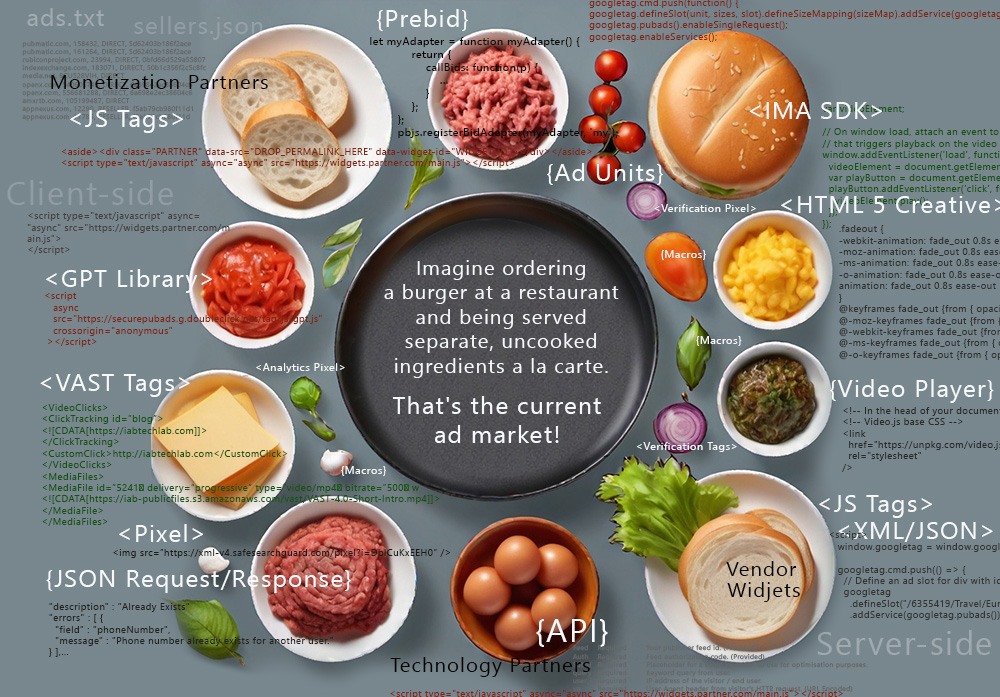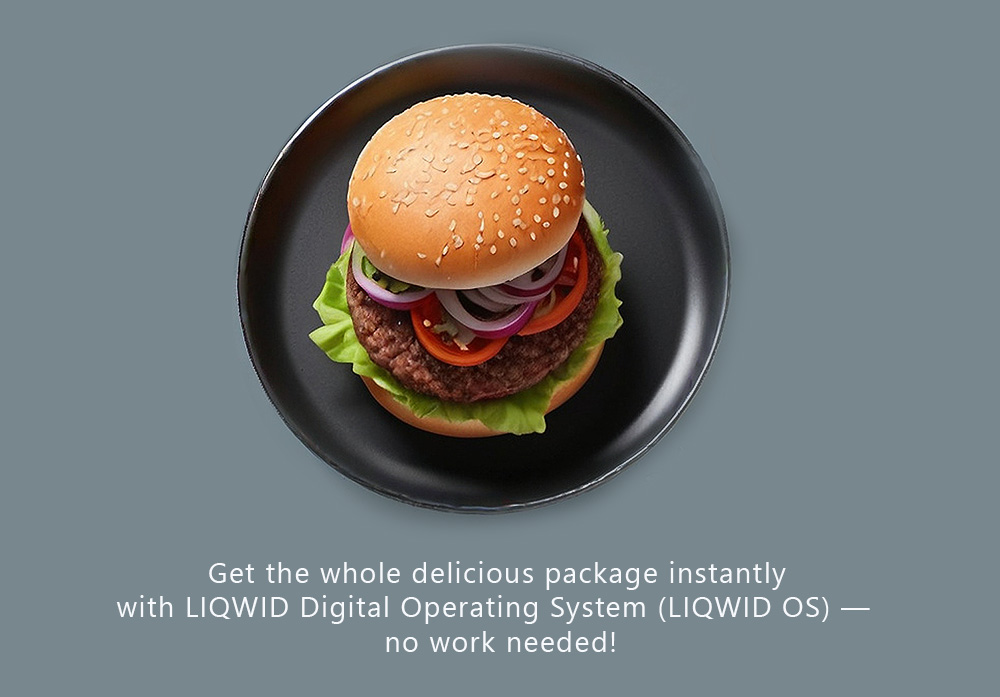






A Webmercial is akin to a TV commercial-style format that seamlessly adapts to all devices, supporting rich media and video content.
Imagine delivering an ad experience reminiscent of flipping through a glossy magazine. Our Magazine-style Full Page Adaptive Ad does just that. This format automatically shifts the content page to the left or right side or down, creating a captivating, full-page (or half page with two ads) ad experience. This allows you to buy and sell high-production value creative ads, regardless of their size or screen dimensions, similar to traditional print.
The Rich-media Peel is another dynamic format that allows you to captivate your audience. What sets it apart is its adaptability to the user's screen dimensions. Here's why you should consider it.
Expandable ad formats provide versatility by allowing the use of a single image creative or a two-part rich-media format (HTML5 in combination with video). The placement automatically determines the optimal settings to accommodate the size for both the initial and expandable parts.
Looking for a cross-screens responsive HTML5 or video ad that makes a significant impact? LIQWID Hi-impacts Rich-media or Video Leaderboard is the answer. This format is designed for programmatic and direct campaigns and seamlessly fits the width of the content page or screen.
The LIQWID Adapted Ad format enables the delivery of ads based on the available space outside the content page, delivering Skins and Background adsd based on a managed viewability. The LIQWID engine dynamically assembles the ad creative from the user-uploaded elements, ensuring a complete ad experience on any screen, regardless of the ad dimensions.
The ads can be strategically timed and synchronized to show on a specific webpage or in a coordinated manner, maximizing the impact of the advertising campaign. A single ad can automatically pull a combination of ads in various formats. These formats are automatically chosen based on the device screen size and other custom conditions.
The Product Catalog can be leveraged programmatically through PPC/PPA models, customized as an interactive website widget, or utilized as Native or Classifieds. This versatile tool allows users to effortlessly discover, clip, and share links to a vast array of products from leading online retailers.
LIQWID enables the synchronized delivery of specific campaign ads on particular websites, across various websites, and within newsletters [email messages] simultaneously.
LIQWID Video format seamlessly supports VAST tags, streaming links (including Vimeo and YouTube), uploaded MP4 videos, third-party players, and ad queues for managed ad breaks. It supports all market-available demand implementations, including Prebid and VAST Waterfalls.
Interactive placements offer the capability to hash emails, enabling their use as valuable first-party data for audience targeting systems. These features also support existing publisher opt-in and email-saving processes, thereby enhancing data-driven targeting capabilities.
LIQWID Native ads can be precisely delivered based on viewability. They seamlessly support multimedia elements such as images and videos and can be easily custom-designed to align with your brand's unique style and messaging. They come with a range of supported features, including pagination, search, print, share, and clip (save), providing a seamless and user-friendly experience for your audience.
The EngageLinks™ ad placemnt is essentially a list of keywords, allowing dynamic customization of specific words associated with retailers or brands. It dynamically converts these keywords within the text of articles or forums into PPC links, creating a contextually relevant Native ad experience.
LIQWID Contextual ads can be precisely delivered based on viewability and contextually targeted within the text of articles. They seamlessly support multimedia elements such as images and videos and can be aligned with each individual website brand unique style automatically. They come with a range of supported features, including pagination, search, print, share, and clip (save), providing a seamless and user-friendly experience for your audience.
LIQWID placements insert third-party vendor and Social Media JavaScript tags only when the corresponding content is located or scrolled into view.